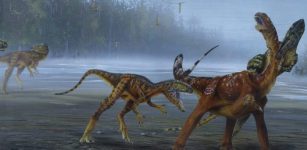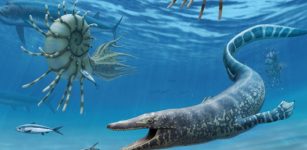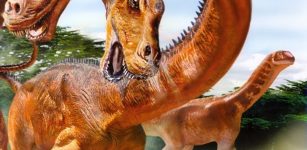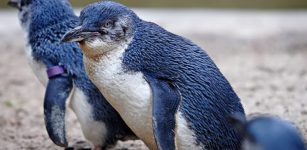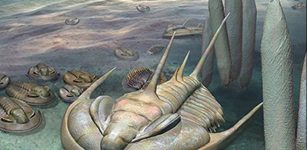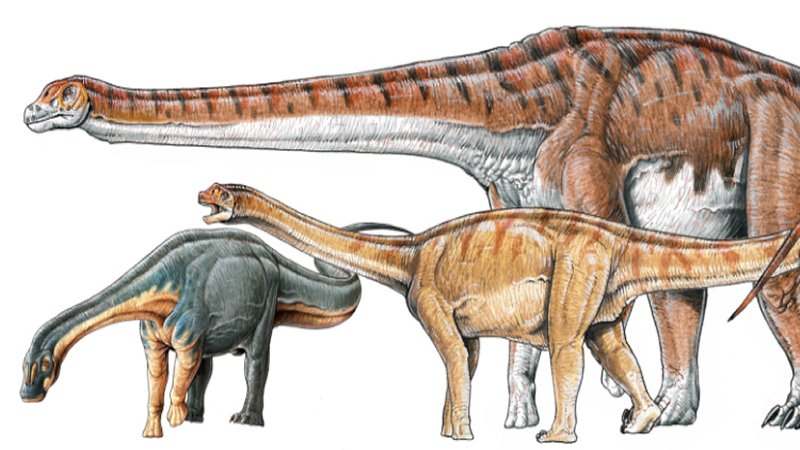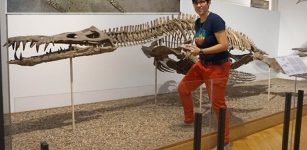Giant Flightless Bird With A Head Size Of A Horse’s Lived In The Arctic
MessageToEagle.com – A giant, flightless bird with a head the size of a horse’s lived in the high Arctic some 53 million years ago.
Researchers from the Chinese Academy of Sciences in Beijing and the University of Colorado Boulder confirmed that the bird, named Gastornis, lived in the Arctic Circle on Ellesmere Island.
The evidence is a single fossil toe bone of the 6-foot tall, several-hundred-pound bird from Ellesmere Island above the Arctic Circle. The bone is nearly a dead ringer to fossil toe bones from the huge bird discovered in Wyoming and which date to roughly the same time.
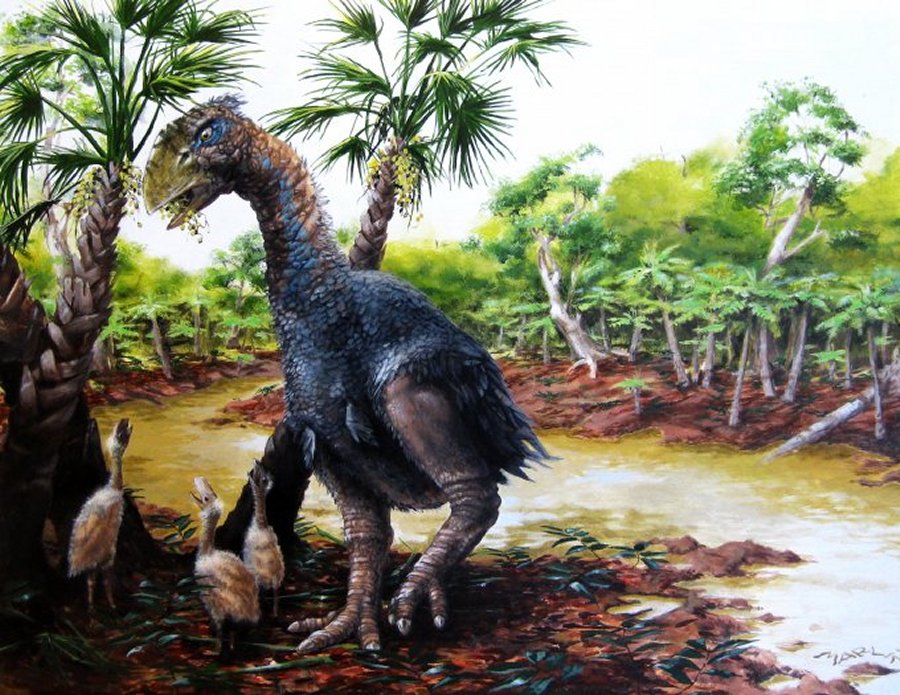
The Gastornis (formerly Diatryma) fossil from Ellesmere Island has been discussed by paleontologists since it was collected in the 1970s but this is the first time the bone has been closely examined and described, he said.
Gastornis fossils also have been found in Europe and Asia.
“We knew there were a few bird fossils from up there, but we also knew they were extremely rare,” said study co-author Jaelyn Eberle, an associate professor in geological sciences at CU-Boulder who conducts research on fossil mammals, reptiles and fishes.
In addition to the Gastornis bone from Ellesmere, another scientist reported seeing a fossil footprint there, probably from a large flightless bird, although its specific location remains unknown, Eberle said.
About 53 three million years ago during the early Eocene Epoch, the environment of Ellesmere Island was probably similar to cypress swamps in the southeast U.S. today
Fossil evidence indicates the island, which is adjacent to Greenland, hosted turtles, alligators, primates, tapirs and even large hippo-like and rhino-like mammals.
Recent research indicates Gastornis probably was a vegan, using its huge beak to tear at foliage, nuts, seeds and hard fruit.
A second Ellesmere Island bird from the early Eocene also is described by Stidham and Eberle in the new paper. Named Presbyornis, it was similar to birds in today’s duck, goose and swan family but with long, flamingo-like legs. The evidence was a single humerus, or upper wing bone, collected by the same paleontology team that found the Gastornis bone.
“While the diversity of plants and animals on Ellesmere was surprisingly high in the early Eocene, one of the biggest challenges to life on the island may have been the Arctic winters, said Eberle.
“Since Ellesmere Island is high above the Arctic Circle, the lights still went out there for several months of the year, just as they do today.”
It is not known whether Presbyornis migrated north to Ellesmere Island every year or lived there year-round, said Stidham.
“Given the fossils we have, both hypotheses are possible,” he said. “There are some sea ducks today that spend the winter in the cold, freezing Arctic, and we see many more species of waterfowl that are only in the Arctic during the relatively warmer spring and summer months.”
The new study has implications for the rapidly warming Arctic climate, primarily a result of greenhouse gases being pumped into Earth’s atmosphere by humans.
“Permanent Arctic ice, which has been around for millennia, is on track to disappear,” Eberle said.
“I’m not suggesting there will be a return of alligators and giant tortoises to Ellesmere Island any time soon. But what we know about past warm intervals in the Arctic can give us a much better idea about what to expect in terms of changing plant and animal populations there in the future.”
A paper appears in Scientific Reports.
MessageToEagle.com
source: University of Colorado Boulder

